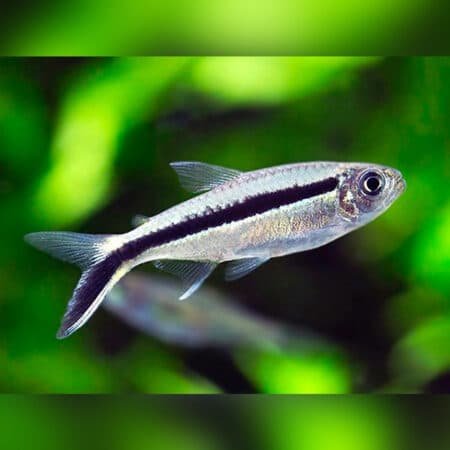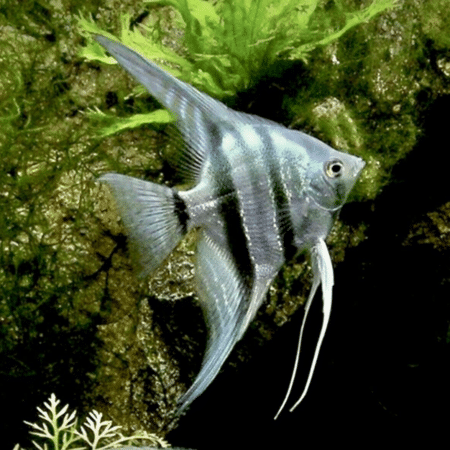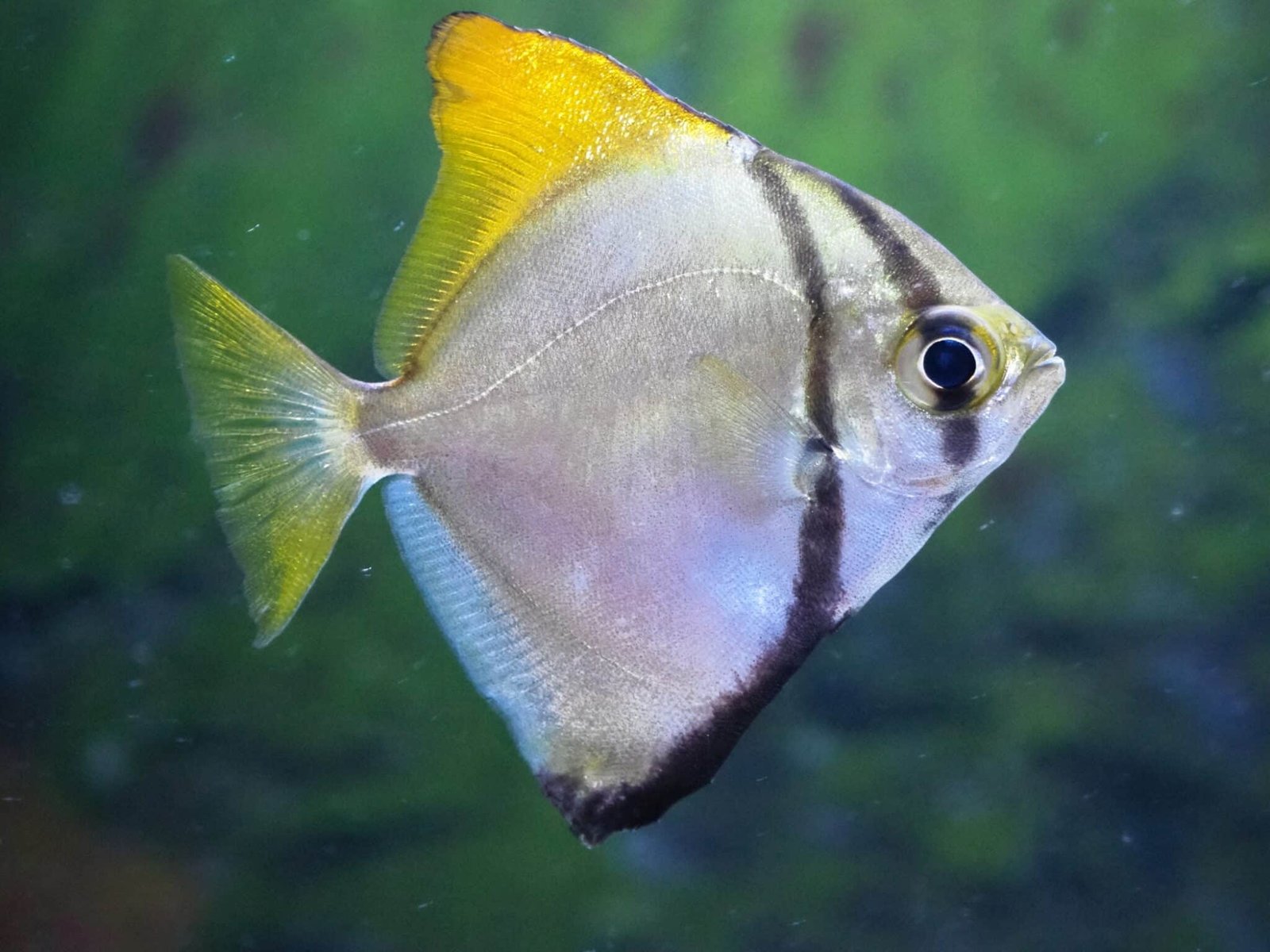-
×

-
×

-
×

-
×

Subtotal: £86.28











Jessica Lee (verified owner) –
I couldn’t be happier with my Silver Moony Moonfish! As a caring fish parent, I prioritize the health and happiness of my aquatic friends, and these beautiful fish have exceeded my expectations. After bringing them home two weeks ago, their vibrant silver scales instantly captivated me. They glide gracefully through the water, showcasing their unique shape. I’ve noticed they’re quite social and enjoy swimming together, which adds a dynamic element to my brackish setup.
Compared to other tropical fish I’ve kept, the Silver Moony stands out for its resilience and adaptability. I have them in a 30-gallon tank mixed with some live plants and a few brackish shrimp, and the synergy is incredible. Just a tip: make sure your tank has plenty of open swimming space because they love to move!
While they can be a bit shy initially, they quickly warm up to their surroundings. I recommend these fish to any aquarist looking to add some sparkle to their tank. Just ensure you maintain the right salinity levels – a little extra care goes a long way for their health. I would definitely buy more in the future!
Emily Carter (verified owner) –
I recently added the Silver Moony Moonfish (Monodactylus argenteus) to my brackish aquarium, and I couldn’t be happier! These fish are not just eye-catching with their shimmering silver bodies, but they also have such a graceful movement that truly livens up my tank. After about two months, I’ve seen them adapt beautifully, mingling peacefully with my other community fish, which is vital for me since I prioritize fish welfare above all.
I feed them a varied diet of high-quality fish food, and I’ve noticed their colors really pop with vibrant hues, especially when they’re swimming around with the current. Compared to some other fish I’ve kept, their calm demeanor makes them a perfect fit for my setup. A minor downside is that they prefer slightly brackish water, so I had to adjust my parameters, but it was well worth it.
I highly recommend the Silver Moony Moonfish for anyone looking to add a splash of color and elegance to their community tank. They’re perfect for both new and experienced aquarists. You’ll love watching them glide through the water as much as I do!